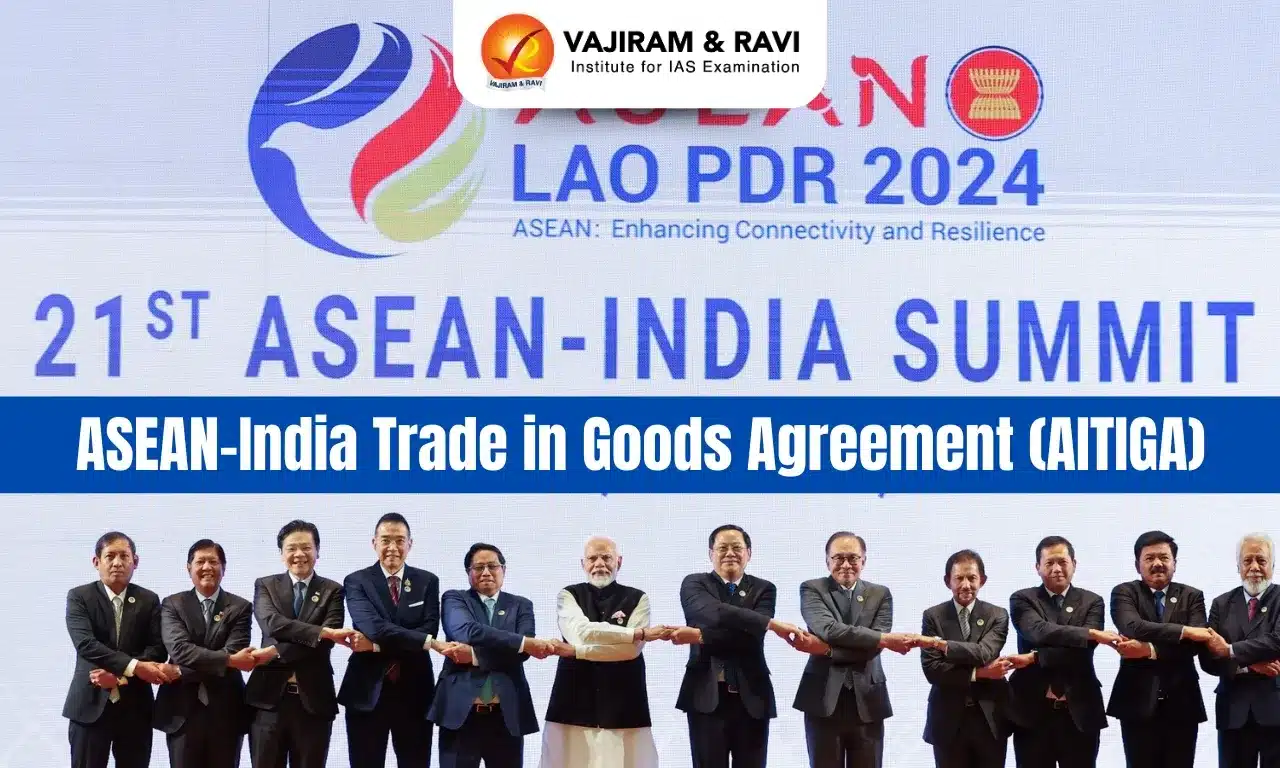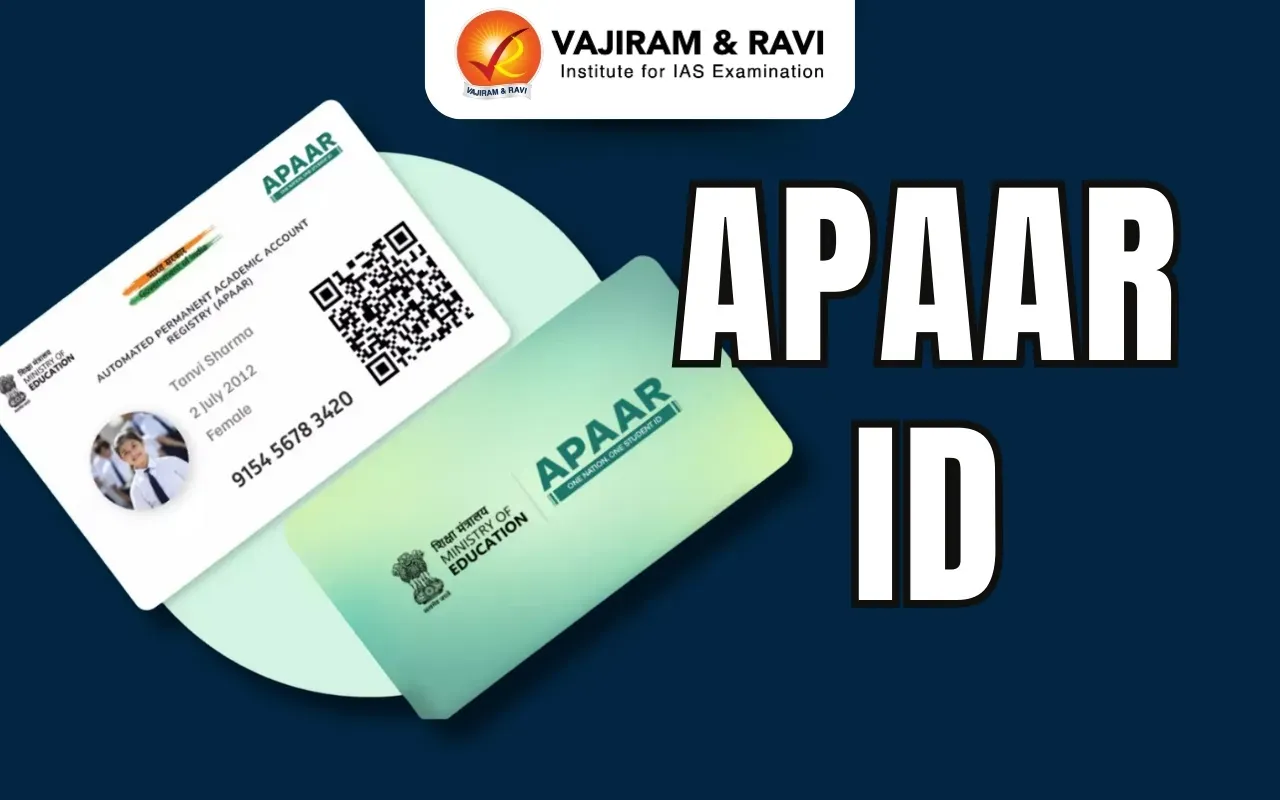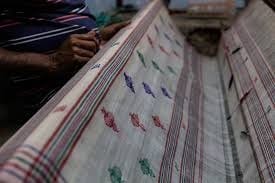ASEAN-India Trade in Goods Agreement Latest News
The 10-nation Association of Southeast Asian Nations (ASEAN) is stonewalling the review of the ASEAN-India Trade in Goods Agreement (AITIGA), a senior official said recently.
About ASEAN-India Trade in Goods Agreement
- It is a trade deal between the ten member states of ASEAN and India.
- It was signed at the 7th ASEAN Economic Ministers-India Consultations in Bangkok, Thailand, in 2009. The agreement entered into force on 1 January 2010.
- The agreement originated out of the Framework Agreement on Comprehensive Economic Cooperation between India and ASEAN created in 2003.
- This framework agreement set the basis for India and ASEAN to conclude further agreements.
- AITIGA covers trade in physical goods and products; it does not apply to trade in services.
- ASEAN and India signed a separate ASEAN-India Trade in Services Agreement in 2014.
- Along with the ASEAN-India Investment Agreement, the three agreements collectively form the ASEAN-India Free Trade Area.
- Eliminating Tariffs on Goods:
- Under the AITIGA, ASEAN and India have committed to progressively eliminating duties on 76.4 percent of goods and to liberalize tariffs on over 90 percent of goods.
- Because of the uneven levels of development and differing economic policies within ASEAN, the agreement applies two different classes of tariff rates depending on whether or not they are WTO members.
- Generally speaking, the agreement grants less developed ASEAN members with less liberalized economies, such as Myanmar and Laos, a longer timeframe to reduce their tariffs.
- The agreement allows the parties to maintain tariffs of four to five percent for some sensitive products.
- Moreover, the agreement includes unique tariff reduction provisions for India’s “special products”, which are crude and refined palm oil, coffee, black tea, and pepper.
- Finally, parties are permitted to place some tariff lines into “highly sensitive lists” to manage tariff reductions for sensitive products, as well as an “exclusion list” for products excluded from the Agreement, which the parties must review annually.
- Other Provisions:
- In addition to reducing tariffs, the Agreement calls on all parties to establish predictable, consistent, and transparent trade practices to reduce non-tariff barriers.
- This includes simplifying customs procedures, ensuring permissible non-tariff measures are transparent, and preventing countries from instituting or maintaining non-tariff measures not in accordance with the WTO.
- The Agreement also establishes a Joint Committee formed from representatives of the parties.
- Among other responsibilities, the Joint Committee reviews the implementation and operation of the Agreement, considers and recommends amendments, and supervises and coordinates the work of sub-committees established under the Agreement.
- Other provisions in the agreement include references to the ASEAN-India DSM agreement for dispute resolution, exemptions for protecting security interests, and safeguard measures to protect against tariff cuts resulting in such significant import increases that foreign products overwhelm domestic ones.
Source: FE
Last updated on December, 2025
→ Check out the latest UPSC Syllabus 2026 here.
→ Join Vajiram & Ravi’s Interview Guidance Programme for expert help to crack your final UPSC stage.
→ UPSC Mains Result 2025 is now out.
→ UPSC Notification 2026 is scheduled to be released on January 14, 2026.
→ UPSC Calendar 2026 is released on 15th May, 2025.
→ The UPSC Vacancy 2025 were released 1129, out of which 979 were for UPSC CSE and remaining 150 are for UPSC IFoS.
→ UPSC Prelims 2026 will be conducted on 24th May, 2026 & UPSC Mains 2026 will be conducted on 21st August 2026.
→ The UPSC Selection Process is of 3 stages-Prelims, Mains and Interview.
→ UPSC Result 2024 is released with latest UPSC Marksheet 2024. Check Now!
→ UPSC Prelims Result 2025 is out now for the CSE held on 25 May 2025.
→ UPSC Toppers List 2024 is released now. Shakti Dubey is UPSC AIR 1 2024 Topper.
→ UPSC Prelims Question Paper 2025 and Unofficial Prelims Answer Key 2025 are available now.
→ UPSC Mains Question Paper 2025 is out for Essay, GS 1, 2, 3 & GS 4.
→ UPSC Mains Indian Language Question Paper 2025 is now out.
→ UPSC Mains Optional Question Paper 2025 is now out.
→ Also check Best IAS Coaching in Delhi
ASEAN-India Trade in Goods Agreement FAQs
Q1. When did the ASEAN-India Trade in Goods Agreement (AITIGA) enter into force?+
Q2. The AITIGA originated from which earlier agreement?+
Q3. Under AITIGA, what percentage of goods are to have duties progressively eliminated?+
Q4. What provision does AITIGA have for less developed ASEAN member countries?+
Tags: asean india trade in goods agreement prelims pointers upsc current affairs upsc prelims current affairs

















